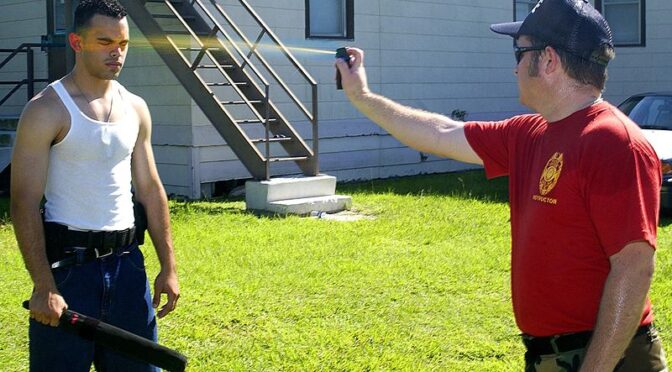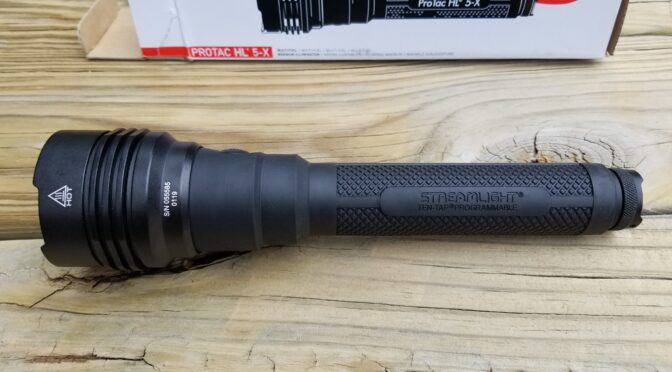Given my work with tactical weapons I guess folks expect me to carry some exotic pistol. My every day carry (EDC) is a SIG P365 that I picked up some time in the early Summer of 2019 from my friend and FFL, Scott Igert who owns Michigan Gun Exchange. I don’t claim to be a concealed carry expert but Scott is. As a retired police officer and trainer, Scott knows his way around firearms.
He and I have known each other for years and he knows what I like. After I got my Michigan Concealed Pistol License (CPL), I asked him what pistol he would recommend given my preferences. He thought about it for a few seconds and then recommended that I take a look at the SIG P365.
The P365 trail blazed the category of micro-compact 9mm semi-auto pistols that was rated for +P ammo. The designers intended it to be very small, reliable and pack a punch. I’d say they succeeded. Yeah, there have been small pistols in the past but they had some very anemic chamberings and/or were low capacity such as the single or double-barrel derringers that could larger calibers.
The P365 has received a ton of rave reviews including Handgun of the Year from Guns & Ammo in 2018, NRA Golden Bullseye Award 2019, Ballistics Best Winnter 2018, 2018 Industry Choice Award and more. The reason is simple – it small, light, reliable and can deliver a hell of a punch.
The Magazines
The P365 has a novel way of stacking the rounds inside the magazine wherein the can fit 10 rounds in a very short magazine. The pistol comes with this 10 round magazine but you can also get 12 and 15 round magazines as well.


I wear XL-size gloves and the pistol with the 10 round magazine has a very short grip. It’s not comfortable for me and I wouldn’t target shoot with it but it makes for a very concealable pistol. I was told once that the best pistol in the world will not save you if aren’t carrying it for whatever reason – it’s too heavy, it’s too long, it sticks out, etc. My point is that there do need to be trade-offs at times. There are definitely times I carry with the 10 round magazine due to the weight and size reduction.

For me, the 12 round magazine is ideal. It’s just a tad longer and they’ve added a small grip extension to the bottom. This is what I use most of the time because it adds just a bit more weight and size plus I find it far more comfortable to hold.

They do offer a 15 round model and while I may have it as a backup somewhere, it is longer and heavier than what I really want to carry around. I have carried with it but rarely. The nice thing besides the higher capacity is that you basically have a full-sized grip.

The Holster
I’ve experimented with a few holsters and the most comfortable one I have is the Desantis Sof-Tuck model 106NA8JZ0 – this is the right handed model at it first the P365 and P365 SAS (the model with recessed sights and a ported barrel).
What I like is the softness – it doesn’t poke me when I sit down, bend over, etc. It keeps the pistol secure in my pants and really meets my needs for a basic holster.


Ammunition
What I am using is Hornady Critical Duty 135 grain +p ammo. Yes, it is rated for +P ammo but I wouldn’t shoot it all the time at the range. Critical Duty is not for everyone as it is designed with a degree of barrier penetration in mind. (Hornady has a nice summary on their website if you are interested click here.) I have run a number of types through the P365 including Federal HST 124gr and a variety of 115gr FMJ loads and the little pistol handled them all just fine.
I really want to put one thing out there for you to bear in mind though – always, always, always test your pistol with the ammo and magazines you plan to use. I can’t tell you how many times I have seen a pistol not function correctly due to some combination of magazine and ammo but work perfectly fine with others. Sometimes folks new to shooting don’t realize this and it would be devastatingly bad in a self-defense situation to have your pistol jam when it tries to cycle.
How many rounds should you try? You’ll get a ton of answers on this. Statistics would tell you that at least 30 rounds is a fair sample and going past that is better in my opinion. Some guys will tell you 100 rounds, some will say 200 … they are all right in my honest opinion – shoot as much as you need to in order to become familiar with your pistol and that a given combination of magazines and ammo is going to work.
Also, to put it bluntly, shit happens. Practice clearing your pistol plus slapping in a new mag and continue firing. You just never know and if you’ve not practiced enough you are liable to fumble around under stress.
If you’d like to check out some video reviews, click here.
Summary
Again, this is my concealed carry that I entrust my family’s safety to. My Glock stays at home now because the little SIG is easy to carry, reliable and packs a punch. The P365 has proven to be so wildly successful that SIG released a larger XL model plus the SAS that has integral sights and barrel porting. While I don’t have first hand experience with them what I hear is very favorable and I definitely recommend the P365 to folks looking for solid concealed carry pistol.
If you find this post useful, please share the link on Facebook, with your friends, etc. Your support is much appreciated and if you have any feedback, please email me at in**@*********ps.com. Please note that for links to other websites, we are only paid if there is an affiliate program such as Avantlink, Impact, Amazon and eBay and only if you purchase something. If you’d like to directly contribute towards our continued reporting, please visit our funding page.
















